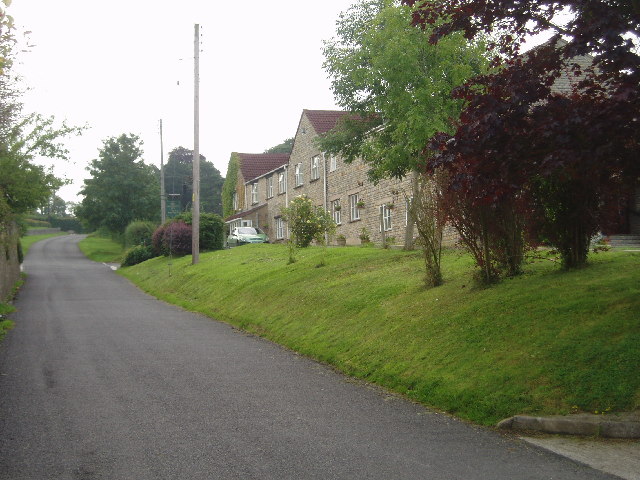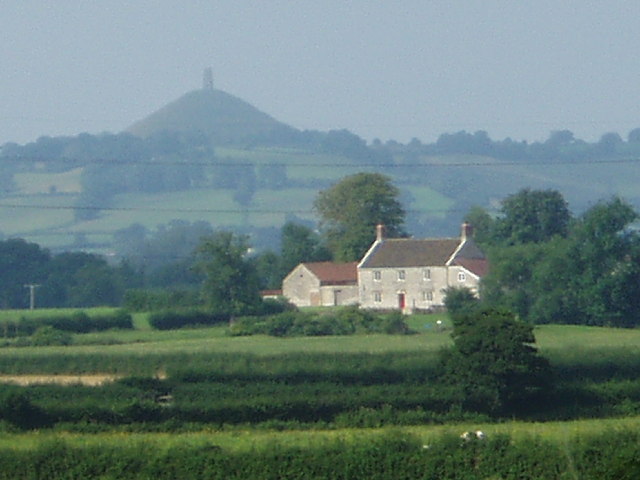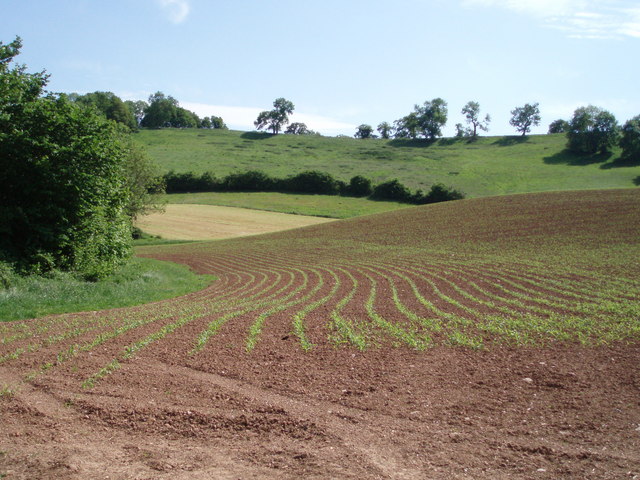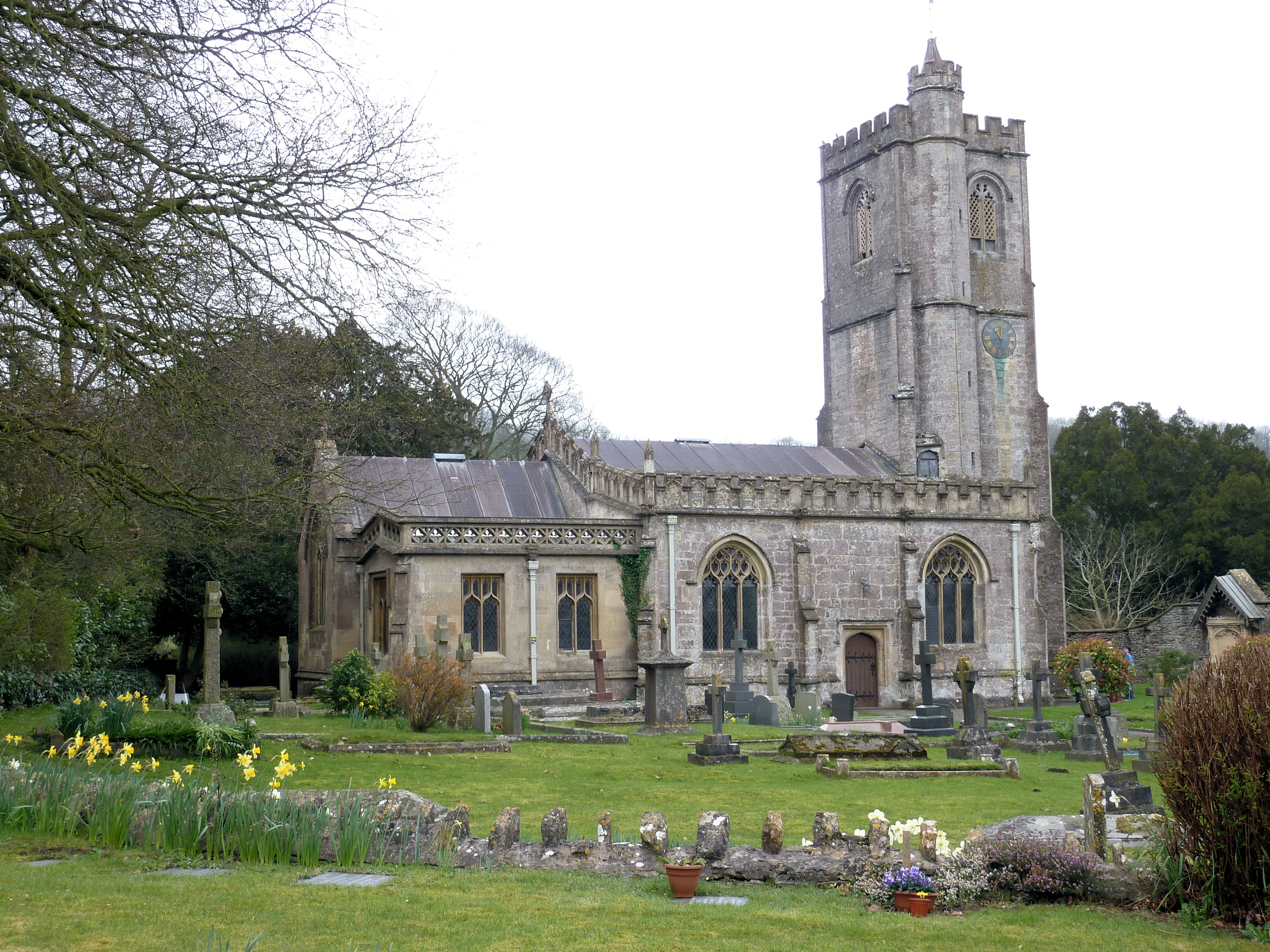Breech Wood
Wood, Forest in Somerset Mendip
England
Breech Wood
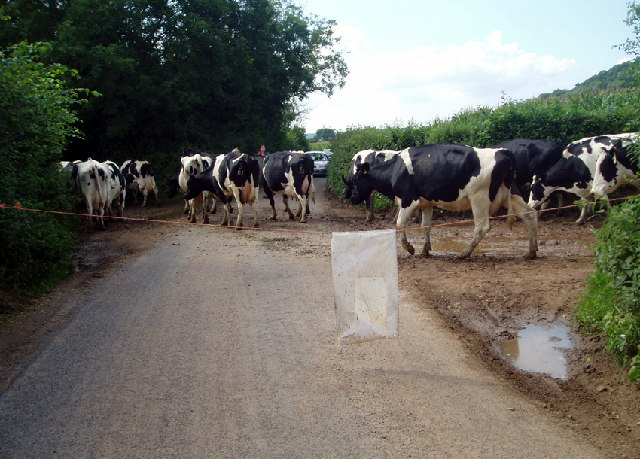
Breech Wood, located in Somerset, England, is a picturesque woodland area known for its natural beauty and diverse ecosystem. Covering an area of approximately 200 acres, this enchanting forest is a popular destination for nature enthusiasts and outdoor adventurers.
Breech Wood is renowned for its rich and varied flora and fauna, providing a habitat for a wide range of plant and animal species. The woodland is predominantly composed of broad-leaved trees, including oak, beech, and ash, creating a stunning canopy of foliage that changes with the seasons. The forest floor is adorned with a carpet of wildflowers, such as bluebells and primroses, adding bursts of color to the landscape.
Visitors to Breech Wood can explore its numerous walking trails, which meander through the forest, offering breathtaking views and opportunities to observe wildlife. The wood is particularly known for its birdlife, with species like woodpeckers, owls, and various songbirds often spotted among the branches. Squirrels and deer are also commonly seen, providing a sense of tranquility and natural harmony.
Throughout the year, Breech Wood hosts a range of events and activities for visitors to enjoy. From guided nature walks to educational workshops, there are opportunities to learn about the woodland's history, conservation efforts, and the importance of preserving its delicate ecosystem.
Breech Wood is a true gem of Somerset, offering a peaceful and immersive experience in nature. Whether one seeks solace, exploration, or simply a connection with the natural world, this enchanting forest provides an idyllic setting for all to enjoy.
If you have any feedback on the listing, please let us know in the comments section below.
Breech Wood Images
Images are sourced within 2km of 51.189939/-2.6172545 or Grid Reference ST5643. Thanks to Geograph Open Source API. All images are credited.



Breech Wood is located at Grid Ref: ST5643 (Lat: 51.189939, Lng: -2.6172545)
Administrative County: Somerset
District: Mendip
Police Authority: Avon and Somerset
What 3 Words
///watchdogs.pounds.qualifier. Near Wells, Somerset
Nearby Locations
Related Wikis
Dulcote Quarry
Dulcote Quarry is a disused limestone quarry at Dulcote, near Wells on the Mendip Hills, Somerset, England. The quarry measures around 600 metres (2,000...
Church of St Michael, Dinder
The Anglican Church of St Michael in Dinder, Somerset, England has Norman origins and was built in the 14th century before being rebuilt in the 15th. It...
Dinder House
Dinder House, is a Somerset estate with a small country house Grade II Regency listed building in the village of Dinder, in the civil parish of St Cuthbert...
Twinhills Woods and Meadows
Twinhills Woods and Meadows (grid reference ST558432) is a 21.2 hectare (52.4 acre) biological Site of Special Scientific Interest on the Monarch's Way...
Nearby Amenities
Located within 500m of 51.189939,-2.6172545Have you been to Breech Wood?
Leave your review of Breech Wood below (or comments, questions and feedback).
